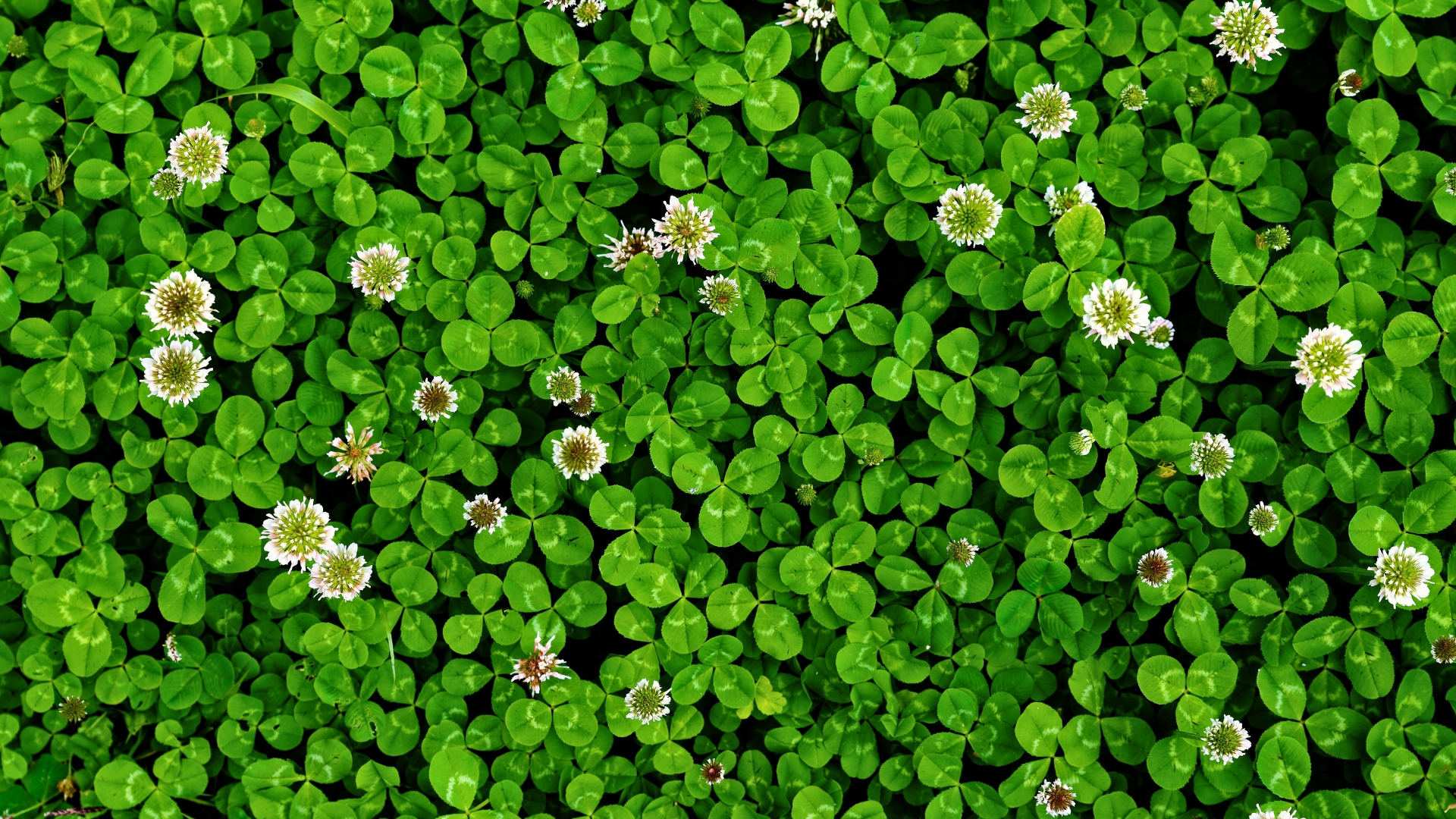Boost Your Soil’s Health With These 15 Microbe-Loving Plants
Your soil is more alive than you might think, and some plants are absolute rockstars at feeding the tiny microbes beneath the surface. I started adding these microbe-loving plants to my garden and noticed the soil getting richer and healthier faster than expected.
They work quietly to improve texture, nutrient flow, and overall plant health without any extra effort on your part. It’s like giving your soil a little superfood boost.
If you want your garden to thrive from the ground up, these picks are a great place to start.
1. Clover
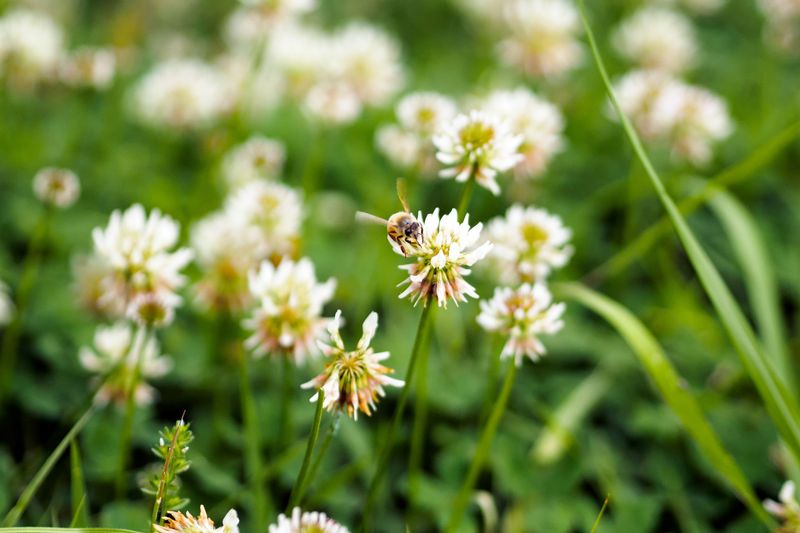
Famous for its nitrogen-fixing abilities, clover transforms air nitrogen into plant food through special root nodules. The bacteria living in these nodules do all the hard work while clover gets to share in the bounty.
Many gardeners use clover as a living mulch between vegetable rows or as a lawn alternative. When cut and left in place, clover returns even more nutrients to the soil, creating a continuous cycle of improvement that other plants will thank you for.
2. Comfrey
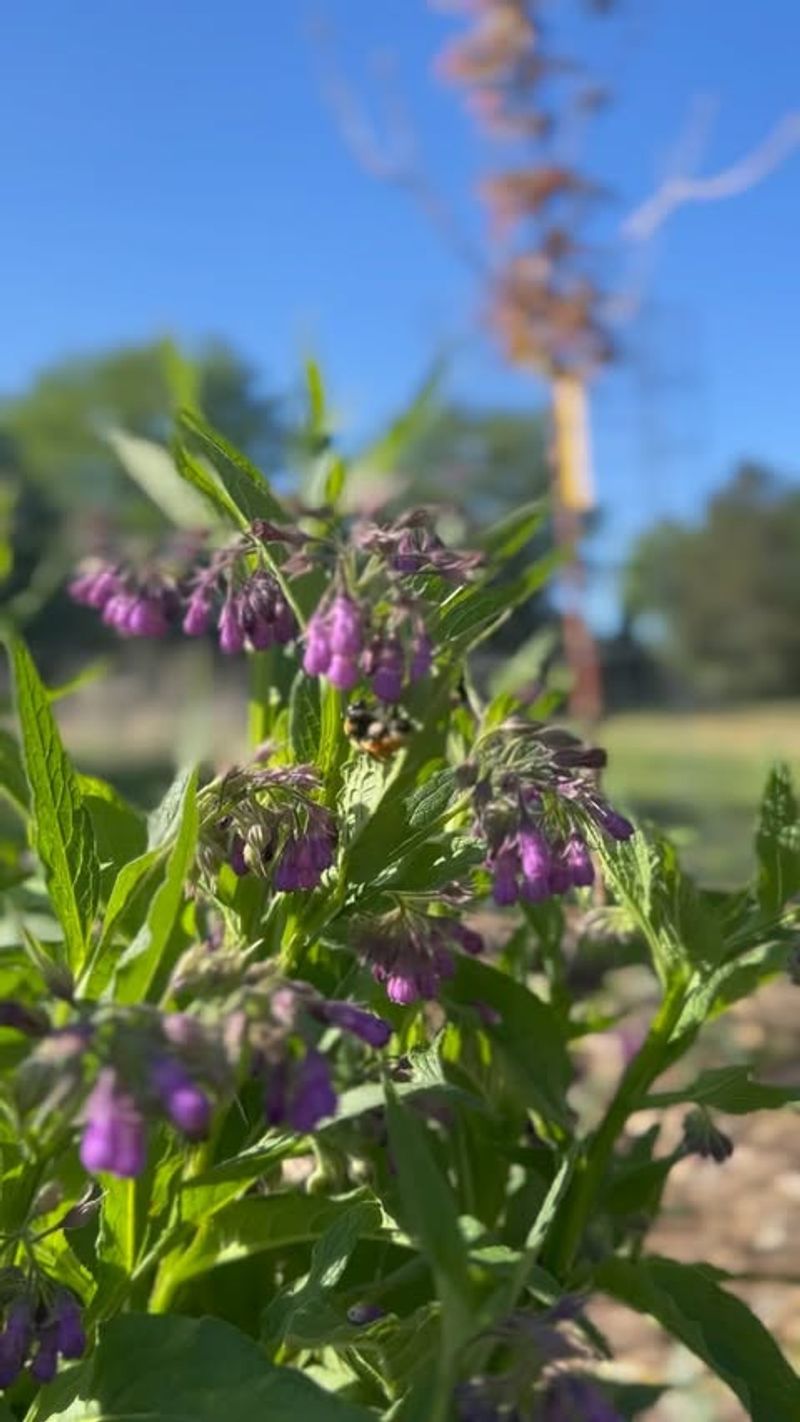
With deep taproots that mine minerals from far below the surface, comfrey acts like a nutrient pump for your garden. Its extensive root system breaks up compacted soil while bringing up calcium, potassium, and other elements that might otherwise remain inaccessible.
Gardeners prize comfrey leaves for making nutrient-rich “tea” for plants. Simply cut the leaves, soak them in water for a few weeks, and you’ll have a powerful natural fertilizer that soil microbes absolutely love.
3. Yarrow
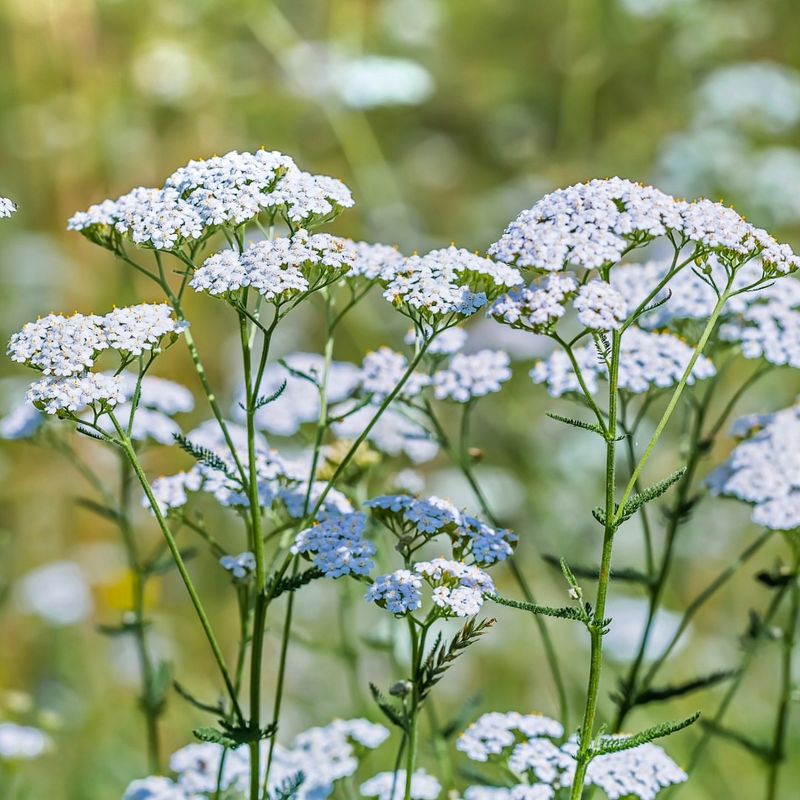
Beloved by beneficial insects above ground, yarrow works just as hard below the surface to improve soil structure. Its extensive network of fine roots creates highways for soil microorganisms to travel through, increasing biological activity throughout your garden beds.
Yarrow’s ability to accumulate phosphorus makes it especially valuable in organic gardens. The plant concentrates this essential nutrient, then releases it back to the soil when leaves die back, feeding both plants and the microbes that support them.
4. Buckwheat
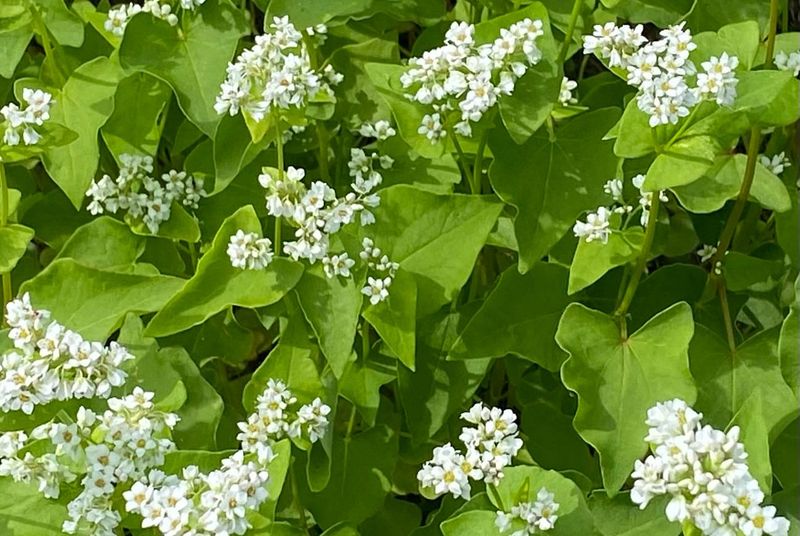
Quick-growing buckwheat transforms poor soil into rich garden beds in just a few weeks. Its shallow, fibrous roots team up with specific fungi to unlock phosphorus that other plants can’t access, making this nutrient available throughout your garden.
Farmers have used buckwheat as a soil-building cover crop for centuries. When turned into the soil while still green, buckwheat breaks down rapidly, feeding beneficial bacteria and releasing its stored nutrients for your next crop.
5. Dandelion
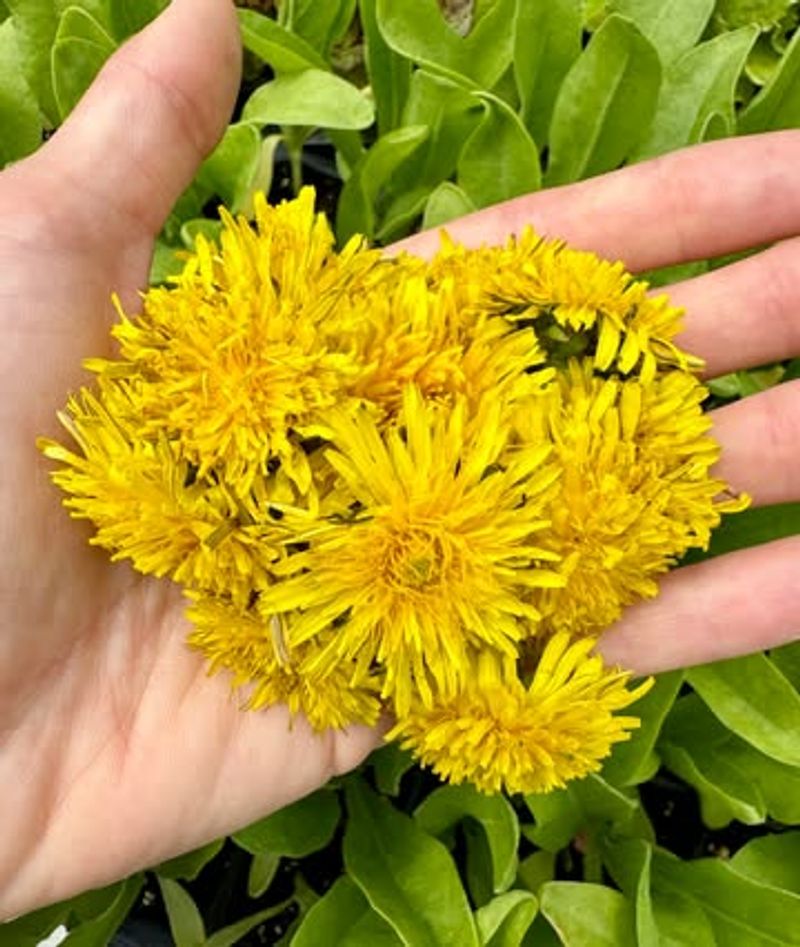
Often dismissed as a weed, dandelions are actually soil health champions with their deep taproots that can reach down 10-15 feet! These impressive roots break through compacted layers, creating channels for water, air, and beneficial microorganisms to travel through.
Dandelions accumulate calcium, iron, and potassium from deep soil layers. As their leaves decompose, these minerals become available to other plants with shallower roots, essentially mining nutrients from depths other plants can’t reach.
6. Beans
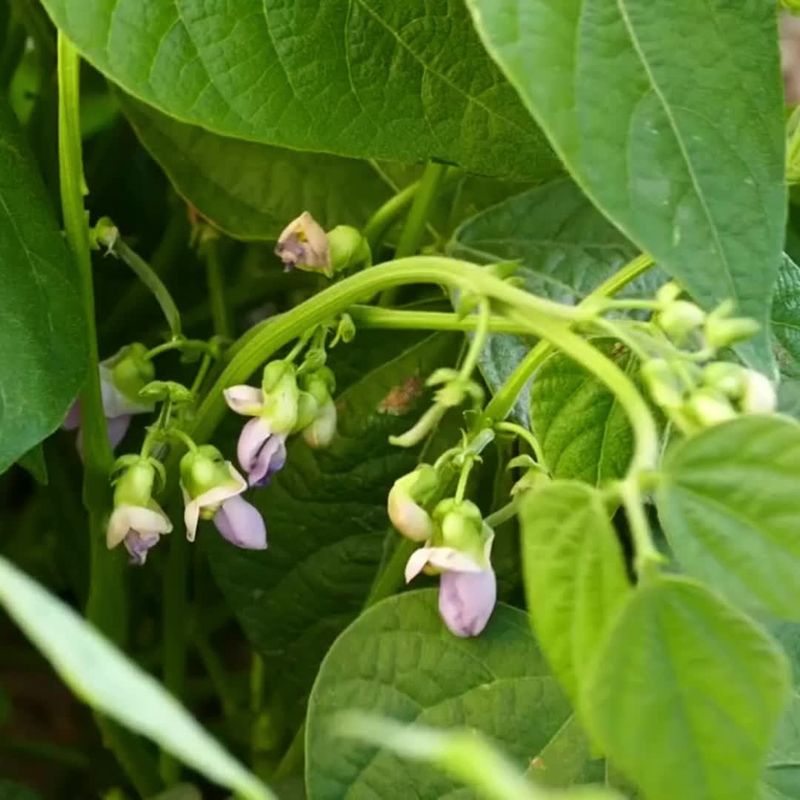
Bean plants form special partnerships with rhizobia bacteria living in nodules on their roots. Together, they perform the amazing feat of capturing nitrogen from the air and converting it into plant-available forms that enrich your garden soil.
Growing beans as part of your regular garden rotation reduces the need for added fertilizers. The nitrogen they leave behind can feed heavy-feeding vegetables like corn or cabbage planted in the same spot the following season.
7. Borage
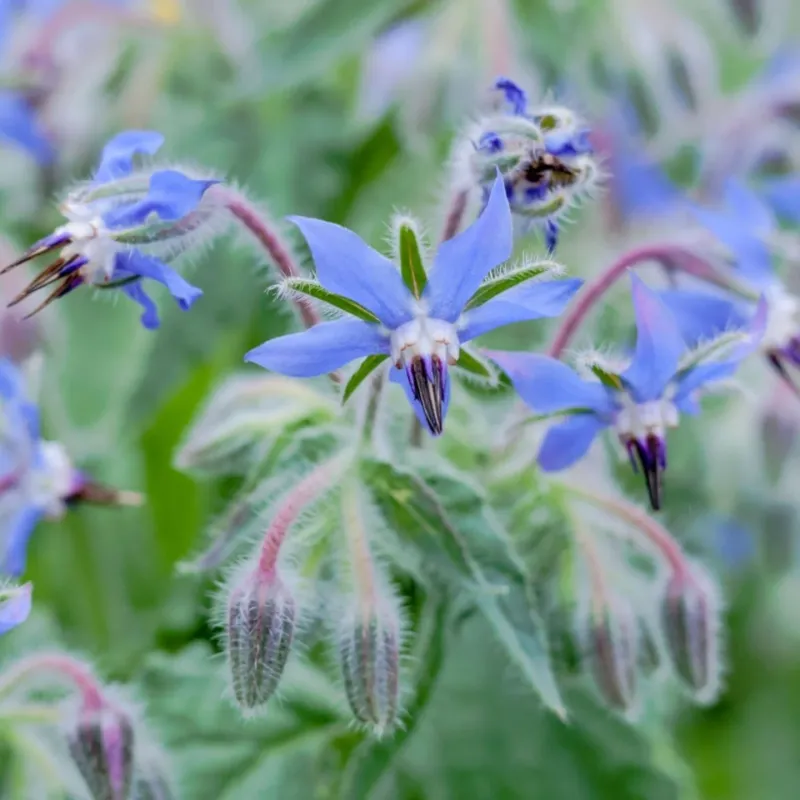
With stunning blue star-shaped flowers, borage doesn’t just look pretty – it’s working hard below ground to improve your soil. Its taproot loosens compacted earth while accumulating vital trace minerals that support diverse microbial communities.
Many gardeners notice earthworms gathering under borage plants, drawn by the plant’s ability to improve soil conditions. These worms further enhance soil structure by creating tunnels and leaving behind castings rich in beneficial microorganisms.
8. Daikon Radish
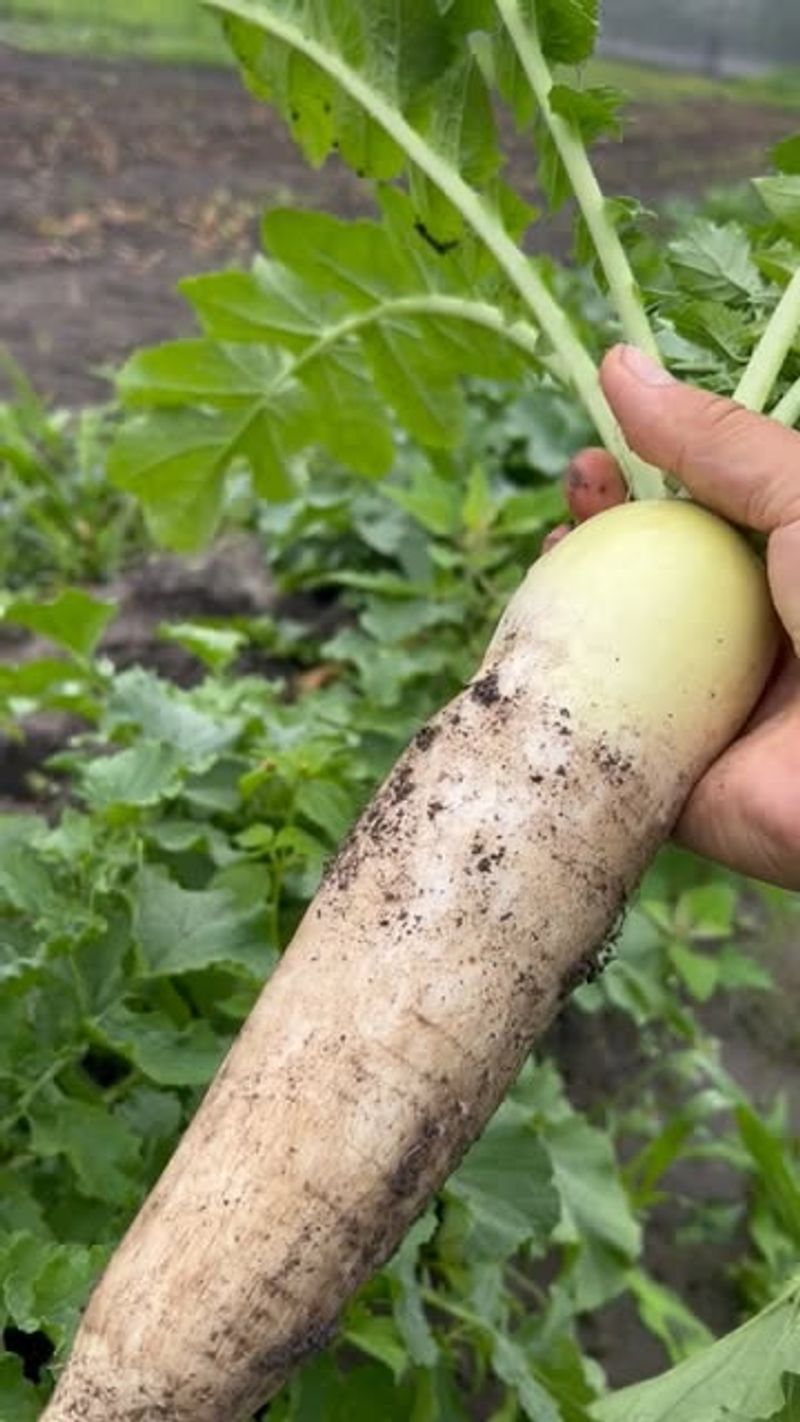
Sometimes called “biodrills,” daikon radishes punch through hard soil layers with their massive taproots that can grow over a foot long! As these roots decompose, they leave behind perfect tunnels for air, water, and beneficial soil life.
Market gardeners often plant daikon as a cover crop, then let winter freezes kill the plants naturally. The decomposing roots release their stored nutrients while feeding millions of microorganisms that continue improving soil structure long after the plants are gone.
9. Alfalfa
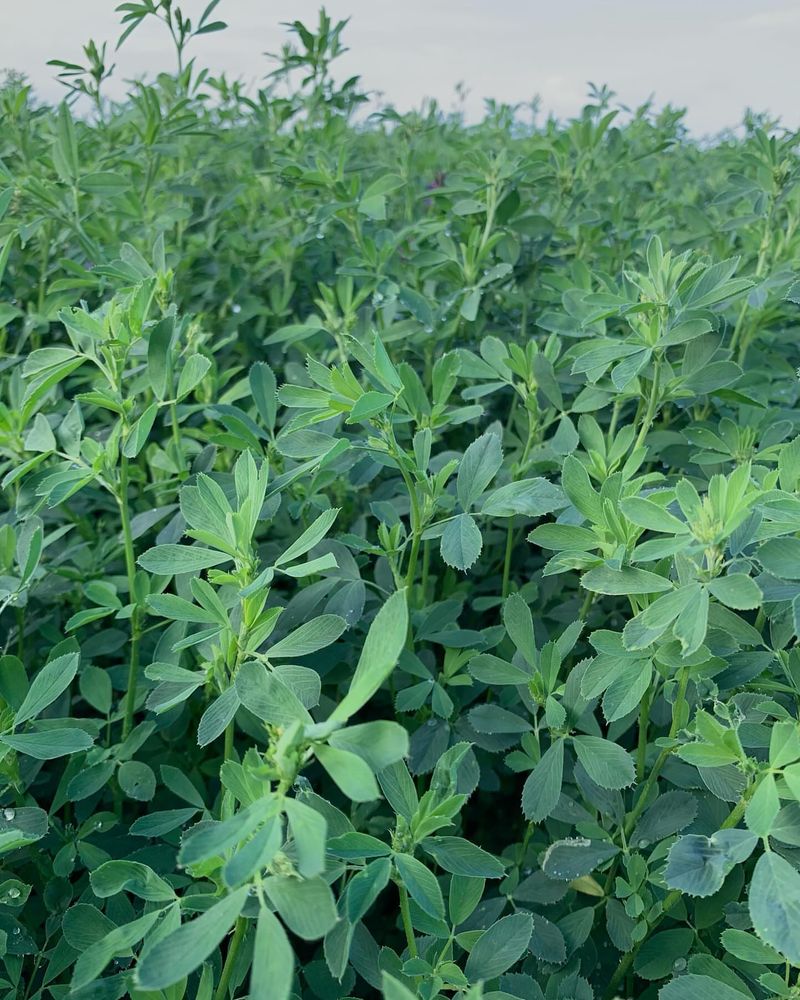
A superstar among soil-builders, alfalfa sends roots down 15 feet or more, bringing up minerals from deep soil layers. These deep roots host specialized bacteria that convert atmospheric nitrogen into forms that feed both the alfalfa and neighboring plants.
Farmers have relied on alfalfa for centuries to restore fertility to worn-out fields. The plant’s extensive root system creates a highway network for beneficial fungi that connect with other plants, sharing nutrients and boosting the entire soil food web.
10. Fava Beans
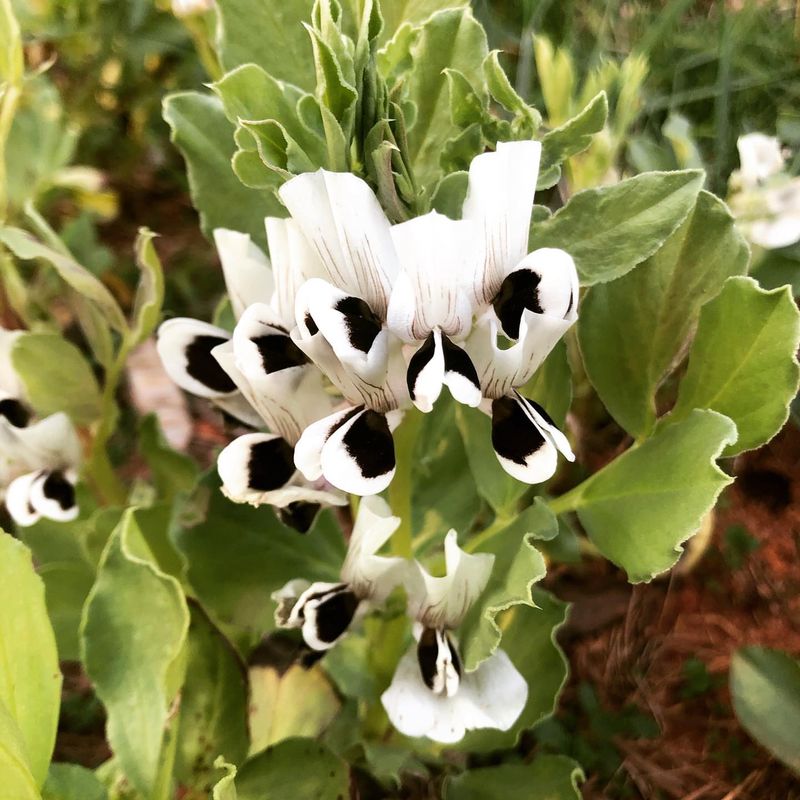
Winter-hardy fava beans work through the coldest months, partnering with specialized bacteria to pull nitrogen from the air. Their thick stems and broad leaves also protect soil from erosion while adding organic matter when turned under in spring.
Unlike many plants, favas produce root exudates even in cool weather, feeding soil microbes when other plants are dormant. These sweet secretions support microbial populations through winter, ensuring your soil food web stays active year-round.
11. Phacelia
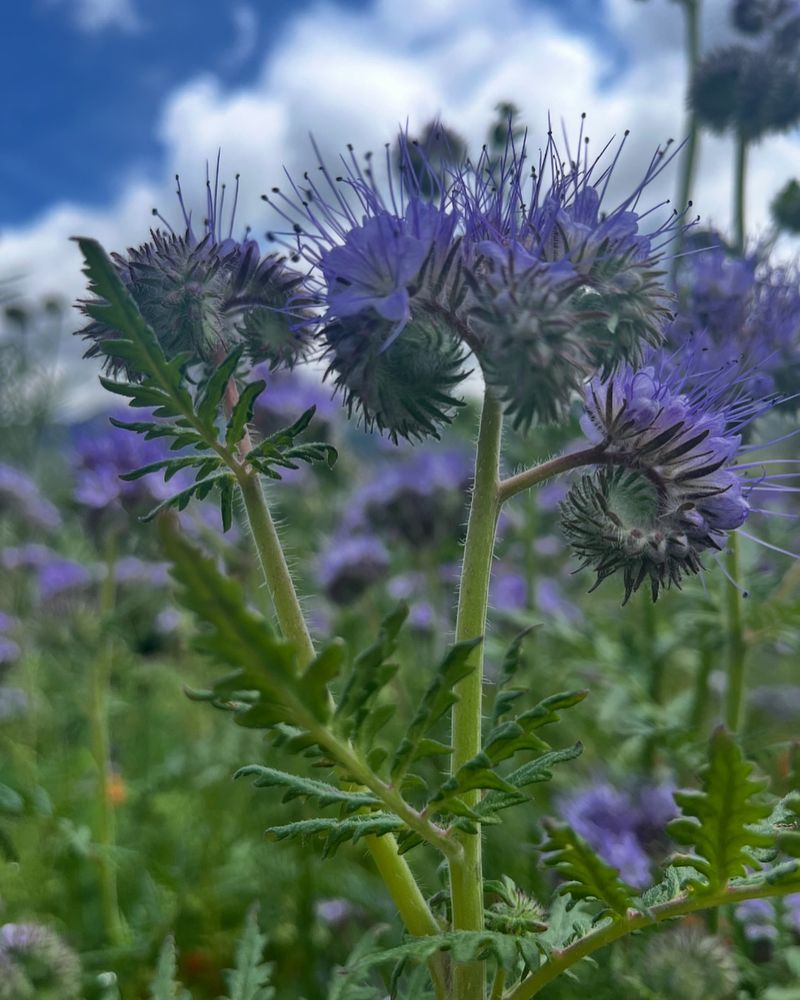
With its stunning purple flowers that bees adore, phacelia develops an extensive, fibrous root system that creates perfect habitat for beneficial fungi. These fungi form partnerships with plant roots, dramatically increasing their ability to absorb water and nutrients.
Gardeners use phacelia as a quick cover crop between vegetable plantings. It grows rapidly, suppressing weeds while feeding soil life, then breaks down quickly when cut, releasing its stored nutrients back to the soil food web.
12. Vetch
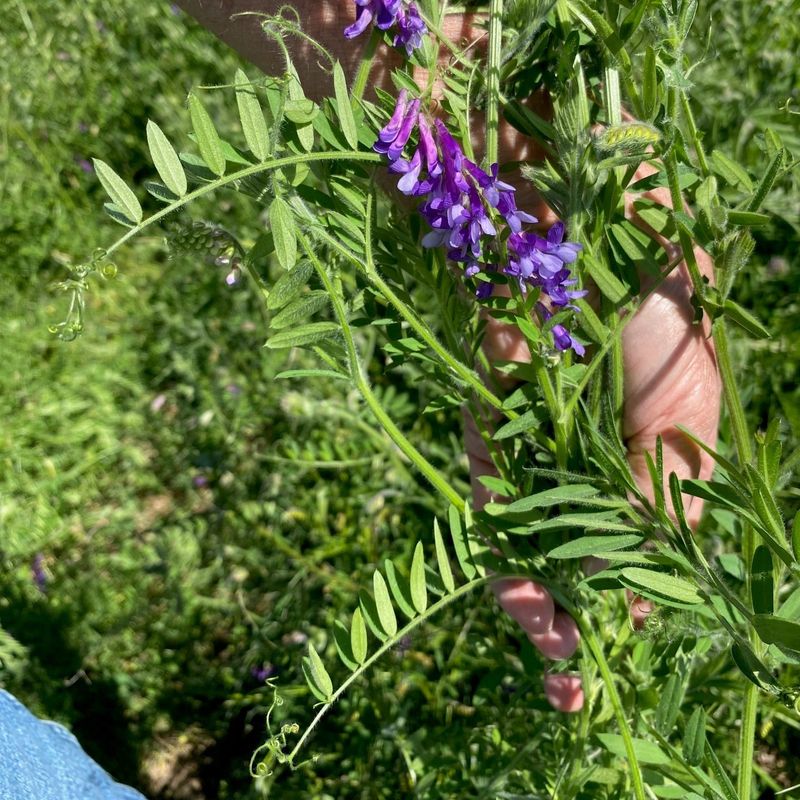
Hardy vetch varieties grow through winter in many regions, fixing nitrogen while protecting bare soil from erosion. Their sprawling growth habit and dense root systems create perfect conditions for beneficial microbes to thrive even during colder months.
Many vineyards and orchards plant vetch between rows to build soil health. When mowed in spring, vetch releases its stored nitrogen slowly, feeding trees and vines while supporting diverse soil biology throughout the growing season.
13. Mustard
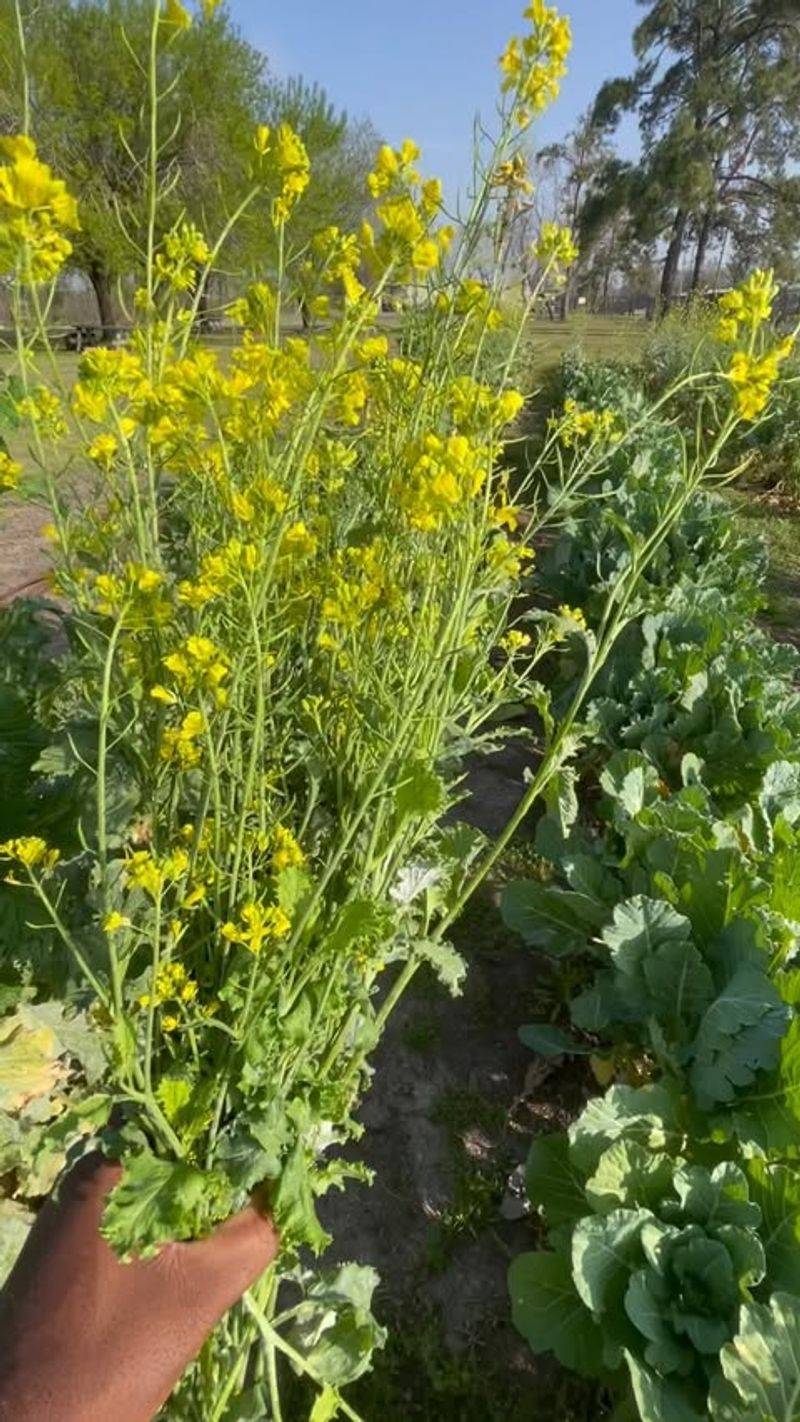
Fast-growing mustard plants produce compounds that act as natural soil fumigants, suppressing harmful nematodes and soil-borne diseases. This natural biofumigation process creates space for beneficial microbes to flourish once the mustard is incorporated into the soil.
Market gardeners often plant mustard as a “cleaning crop” between vegetable families. The bright yellow flowers attract beneficial insects above ground, while the roots work below to reset soil biology and prepare beds for the next planting.
14. Lupines
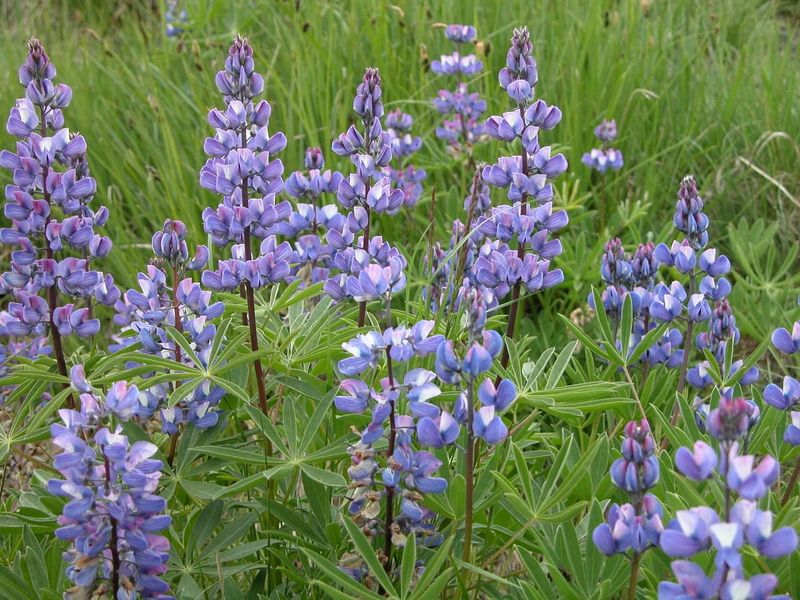
With their striking flower spikes, lupines aren’t just beautiful – they’re working hard to improve poor soils. Their specialized root nodules host bacteria that fix nitrogen, while their deep taproots break up compacted layers and mine minerals from below.
Many lupine varieties thrive in acidic, sandy soils where other nitrogen-fixers struggle. Their ability to grow in challenging conditions makes them perfect pioneer plants for establishing healthy soil communities in newly developed garden areas.
15. Sunflowers
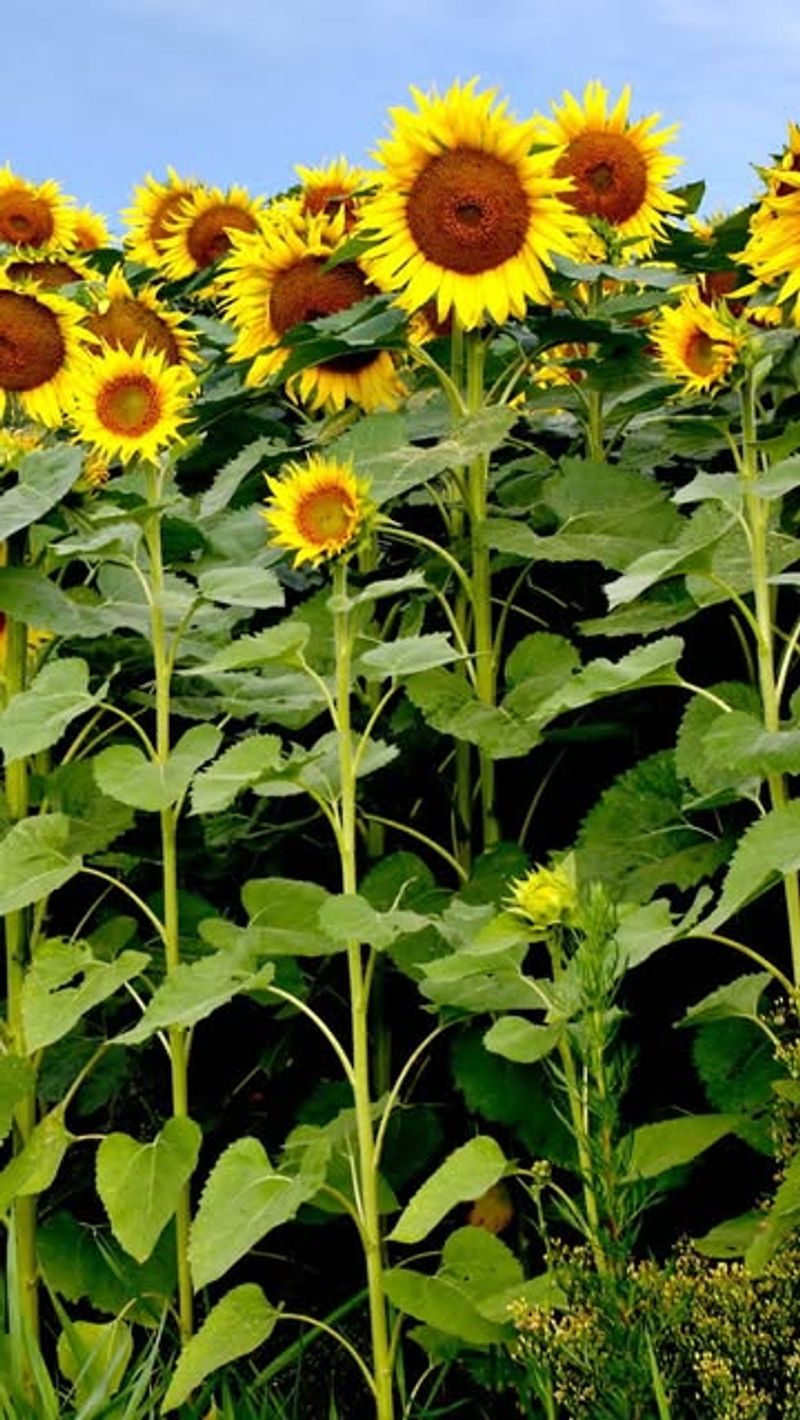
Towering sunflowers send down impressive taproots that can break through hardpan and compacted soil layers. These channels remain after the plants die, creating pathways for water, air, and beneficial organisms to penetrate previously impenetrable ground.
The extensive root systems of sunflowers form partnerships with mycorrhizal fungi, extending their reach for nutrients. These fungal networks persist after sunflowers are gone, benefiting the next crops planted and building long-term soil health.

